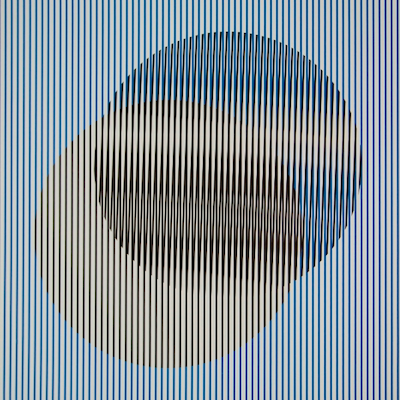Roberto Matta
Roberto Matta (Chile, 1911–2002) was a prominent Surrealist and Abstract Expressionist known for his cosmic landscapes and visionary forms. His works often explored the subconscious and the human psyche, blending organic shapes with dynamic, dreamlike spaces. Matta’s innovative approach made him a key figure in 20th-century art, influencing generations of artists.
- Recently Added
- Price (Low-High)
- Price (High-Low)
- Year (Low-High)
- Year (High-Low)
Roberto Matta
Les Cadeaux De La Mère Noël Et Du Père Noël, 1968–1969
Drawing / Watercolor
Mixed Media
USD 13,000 - 15,000
Roberto Matta
Untitled XXI (from Come Detta Dentro Vo Significando), 1962
Limited Edition Print
Lithograph
Inquire For Price
Roberto Matta
Untitled 212 (From The New School), 1980
Limited Edition Print
Etching And Aquatint
USD 850
Roberto Matta
Untitled (from Così Fan Tutte) #7, 1970
Limited Edition Print
Etching And Aquatint
USD 1,875
Roberto Matta
Untitled (from Così Fan Tutte) #6, 1970
Limited Edition Print
Etching And Aquatint
USD 1,875
Roberto Matta
Untitled (from Così Fan Tutte) #5, 1970
Limited Edition Print
Etching And Aquatint
USD 1,875
Roberto Matta
Untitled (from Così Fan Tutte) #3, 1970
Limited Edition Print
Etching And Aquatint
USD 1,875
Roberto Matta
Untitled (from Così Fan Tutte) #2, 1970
Limited Edition Print
Etching And Aquatint
USD 1,875
Roberto Matta
Untitled (from Così Fan Tutte) #1, 1970
Limited Edition Print
Etching And Aquatint
USD 1,875
Roberto Matta
Hommage A Federico Garcia Lorca, 1999
Limited Edition Print
Silkscreen
Currently Not Available

What is Latin American art?
Latin American Art is a style which takes inspiration from its culture, society, politics, native traditions, religions and landscape. Op-Art and Kinetic Art figure prominently in Latin artworks. Colors in Latin American compositions are often bold. Latin American artists work in all media and movements.










































